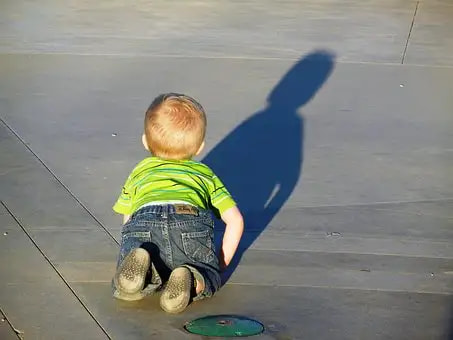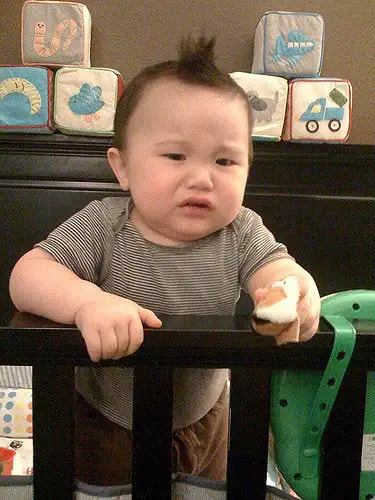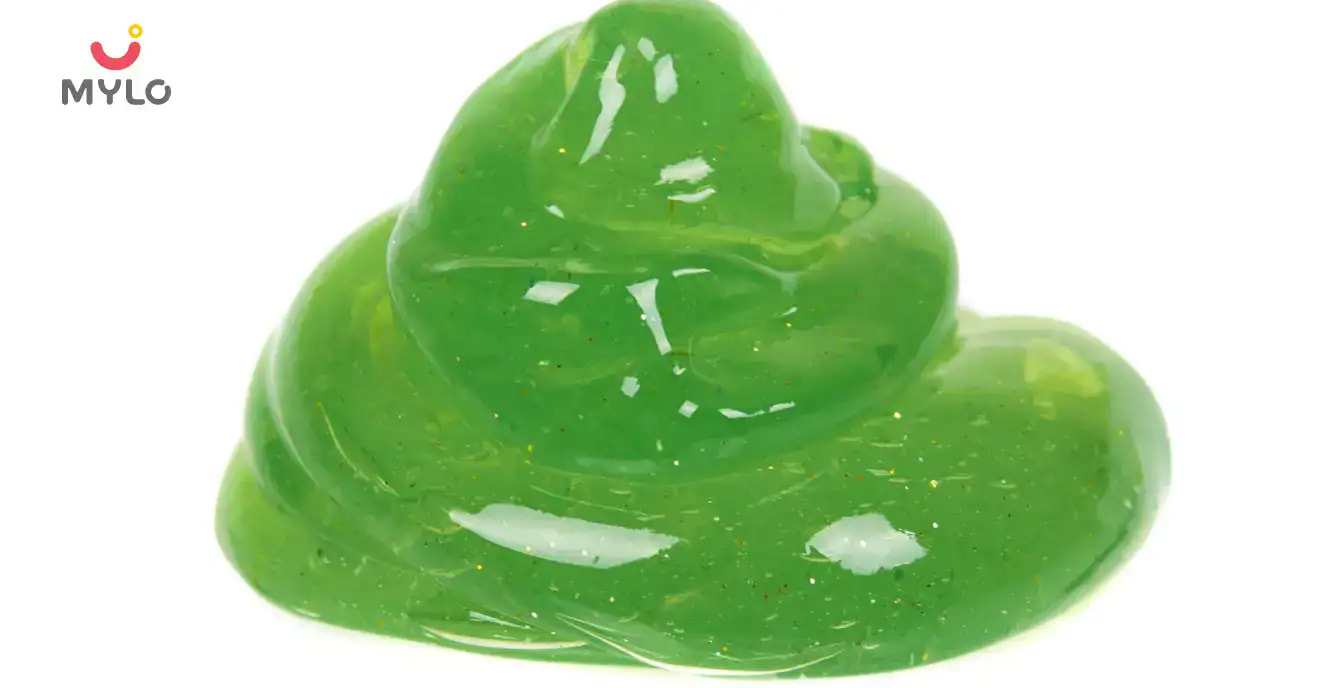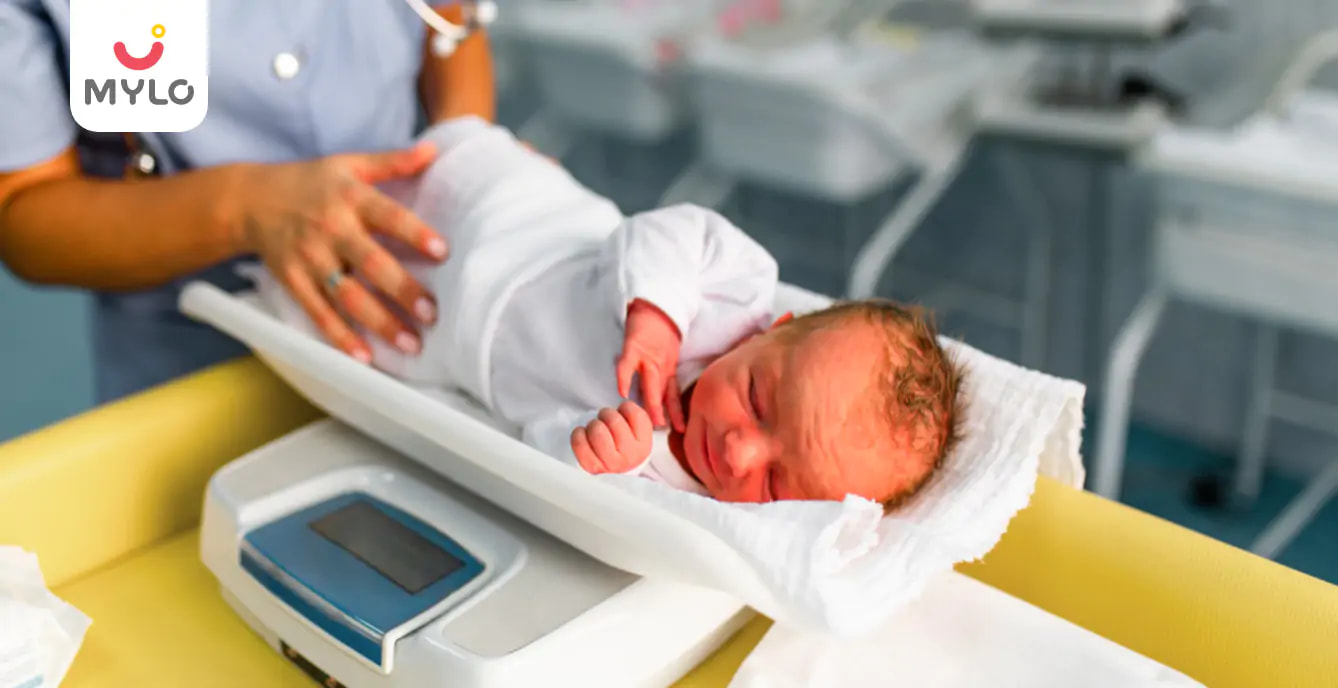Home

What Does Your Baby’s Poop or Stool Color Say About Their Health?
In this Article
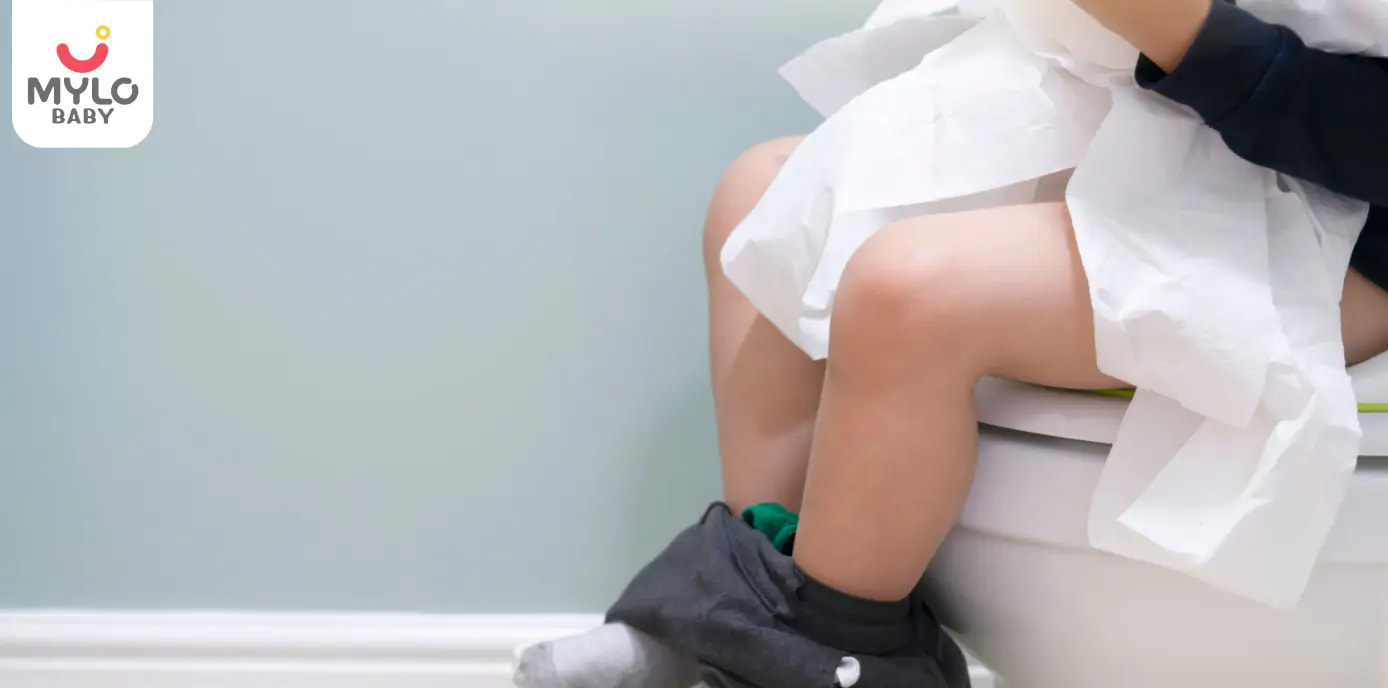
Baby Care
What Does Your Baby’s Poop or Stool Color Say About Their Health?
Updated on 21 February 2024
Babies may not be able to speak, but their poop can communicate a lot about their health. As a parent, it's essential to pay attention to your baby's stool, its color, texture, and frequency as it can indicate potential health issues. Different colors of poop may signify different things, such as an infection or digestive problems. Therefore, understanding how to interpret your baby's poop can help you identify and address any potential health concerns.
In this article, we'll explore what different poop colors can mean for your baby's health and what you can do to ensure your baby stays healthy.
Baby poop color chart
A baby's stool and its color may change from time to time, hinting at their overall well-being. The guide below will help a parent understand the difference between baby poop colours.
|
Baby poop color |
Black |
Green |
Red |
White |
Yellow |
Brown or Orange |
|
Status |
Normal in newborns |
Normal |
Sign of concern |
Sign of concern |
Normal |
Normal |
|
Indicators |
Sign of internal bleeding in older infants |
Often due to diet, allergies or medication |
Due to blood in stool |
Due to liver infection |
Common in breastfeeding babies |
Common in formula-fed infants |
|
Consult a doctor |
No need |
No need |
Yes |
Yes |
No need |
No need |
You may also like: Average Height & Weight Chart for Boys & Girls
What does the baby's boop colour say about their health?
Each baby potty color has a different meaning about your little one's health. So, while changing your baby's diaper, whether it's a cloth diaper or a disposable one, be sure to check the color of their poop as it can tell a lot about their health. Let us understand what these poop colors signify:
1. Black or dark greenish poop
The first baby stool might look like a black-greenish tar-like sticky substance. It is a mixture of bile, amniotic fluid, and some secretions from intestinal glands. While this doesn't produce a foul smell, it is difficult to clean compared to normal poop. However, after a couple of days, the baby's stool will have several alterations. The baby's potty colour will change to dark green or brown and might be sticky. This type of baby poop color will continue until the baby starts eating well.
2. Yellow baby poop
One week after the baby's birth, most babies start digesting food in the usual manner. The baby's poop consists of bile, bacteria and some undigested parts of the milk. If the mother is breastfeeding, the baby's stool color will be bright yellow. And it will be watery and smell like yeast. The smell might be somewhat like cottage cheese or scrambled eggs.
3. Yellow-brown baby poop
If the child feeds on formula milk, the baby's stool will be yellowish-brown or green-tan in the first or second week. The texture of this poop is thick and a bit solid, just like peanut butter. It might smell like yeast from the fermentation of sugar present in the formula milk. However, if the baby feeds on breast milk and formula, the baby's potty colour will be dark yellow.
4. Brown baby poop
A wide range of healthy bacteria starts developing in the baby's intestines once they start eating solid food, which results in brown and stinky poop. It also depends on what parents are feeding their babies. The baby's stool color can now vary from red, orange, green, yellow, or blue.
5. Green-brown baby poop
Sometimes the baby can get viral infections, or they may be prone to diarrhoea. During this time, the baby's stool might look yellow-brown or green with a watery consistency. It can also occur due to antibiotics or intolerance towards certain food items. Diarrhoea can also occur due to swallowing saliva during teething or any infection.
6. Dark brown baby poop
The baby's stool might get a bit hard and appear dark brown if the baby is constipated. It might look like small pellets or marbles. The baby's poop might look dark brown if the baby cannot digest food properly or they are intolerant to certain food items.
7. Bright green baby poop
The baby's stool color might look bright green if the food moves quite swiftly through the baby's system. When the baby's drinking too fast from the breast or a bottle, their stool might look greenish. It can also occur due to the digestion of vegetables or any iron-rich food or supplements.
You may also like: Signs Your Baby Has Gas And How To Treat It
What does the poop texture mean?
For a healthy bowel movement, the baby's stool should be painless and pass with minimal effort. The texture can vary from soft to firm. Some doctors suggest that if the stool passes in one single piece or a few small pieces, it is a sign of healthy bowel. Runny stools can indicate diarrhoea.
What if you see mucus in the stool?
A small amount of mucus in a baby's stool is common, and parents shouldn't worry about it. However, an increased amount of mucus can be a sign of worry. It is recommended to visit a doctor.
What if you see blood in the stool?
Blood in a baby's stool can be a sign of constipation, but sometimes it can also be a medical condition. Blood in stool is a sign that the baby needs prompt medical care.
What if I see food pieces in the stool?
Sometimes the baby's stool will have identifiable chunks of food, especially after baby weaning. It means that the baby is still learning to chew, and its digestive system is still developing. It is normal for some parts of food to pass through the system without being completely digested.
How often should babies poop?
A baby can poop depending on their feeding. It is not an alarming situation. Breastfeeding infants poop more frequently as compared to formula-fed infants. Feeding and pooping go hand in hand; therefore, parents should learn what they are feeding their children and keep an eye on their poop.
Closing Thoughts
In conclusion, the color of a baby's poop or stool can provide valuable insights into their overall health and well-being. By understanding the various color variations and what they may indicate, parents and caregivers can be better equipped to identify potential issues or seek appropriate medical attention when necessary. Consulting with a healthcare professional is always recommended when there are concerns or questions about a baby's stool color.
References
1. Singh K, Kumar K. (1993). Mothers' concept of the ideal number, colour and consistency of stools of their infants. Indian J Matern Child Health.
2. Steer CD, Emond AM, Golding J, Sandhu B. (2009). The variation in stool patterns from 1 to 42 months: a population-based observational study. Arch Dis Child.
3. K W Yap W, Mohamed S, Husni Jamal M, Diederick M, A Manap Y. (2008). Changes in infants faecal characteristics and microbiota by inulin supplementation. J Clin Biochem Nutr.
Trending Articles
Baby Skin Care | Skin Peeling in Newborn | Burping a Newborn | BlW Meaning
Popular Articles
Baby Poop With Mucus | When Do Babies Start Crawling | Travelling in pregnancy | Mental Health In Pregnancy
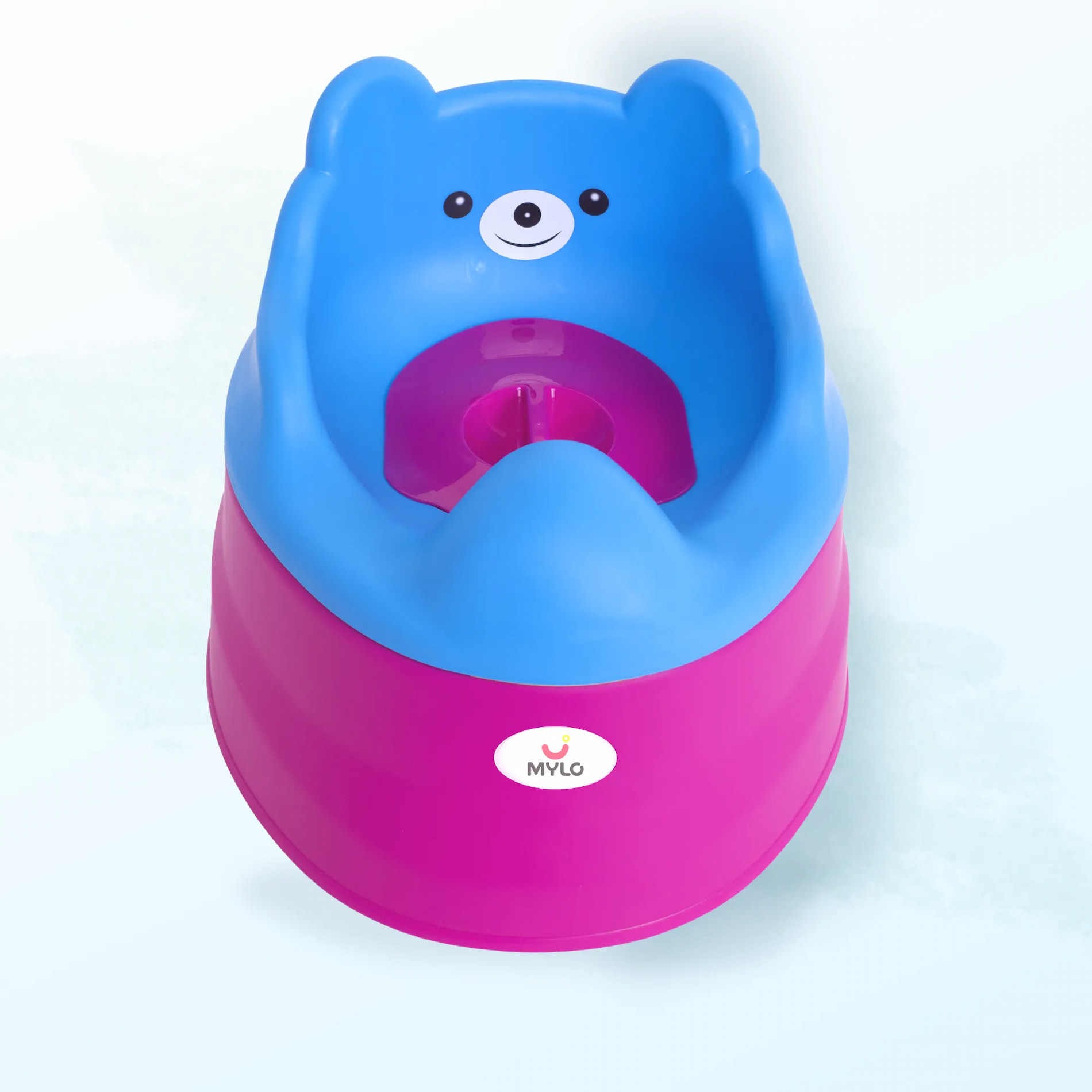
Potty Seat - Blue & Purple
Baby Potty Chair | 2-in-1 Potty Training Chair with Detachable Potty Bowl | Easy to Carry & Clean
₹ 799

4.4
(55)


307 Users bought



Written by
Parul Sachdeva
A globetrotter and a blogger by passion, Parul loves writing content. She has done M.Phil. in Journalism and Mass Communication and worked for more than 25 clients across Globe with a 100% job success rate. She has been associated with websites pertaining to parenting, travel, food, health & fitness and has also created SEO rich content for a variety of topics.
Read MoreGet baby's diet chart, and growth tips

Related Articles
Related Questions
Influenza and boostrix injection kisiko laga hai kya 8 month pregnancy me and q lagta hai ye plz reply me

Hai.... My last period was in feb 24. I tested in 40 th day morning 3:30 .. That is faint line .. I conculed mylo thz app also.... And I asked tha dr wait for 3 to 5 days ... Im also waiting ... Then I test today 4:15 test is sooooo faint ... And I feel in ma body no pregnancy symptoms. What can I do .

Baby kicks KB Marta hai Plz tell mi

PCOD kya hota hai

How to detect pcos

Related Topics
RECENTLY PUBLISHED ARTICLES
our most recent articles
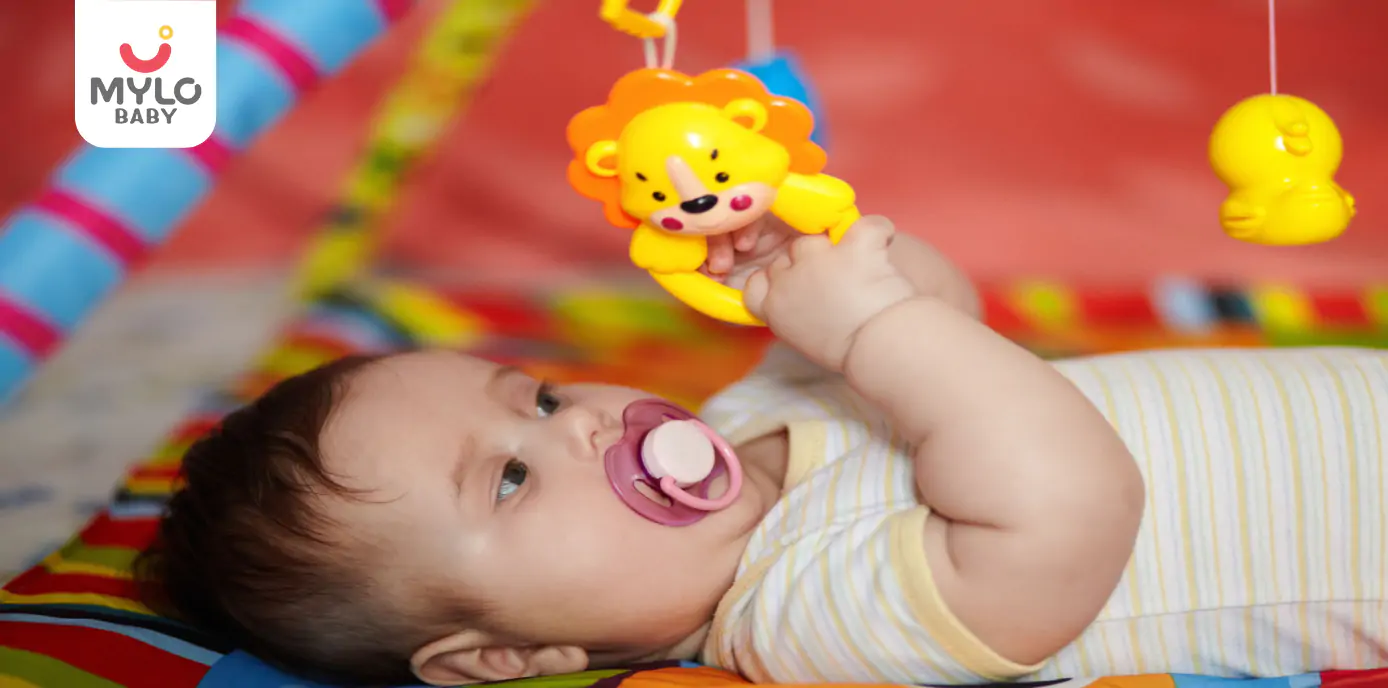
Growth & Development
The Development of Your Kid at the Age of Four Months
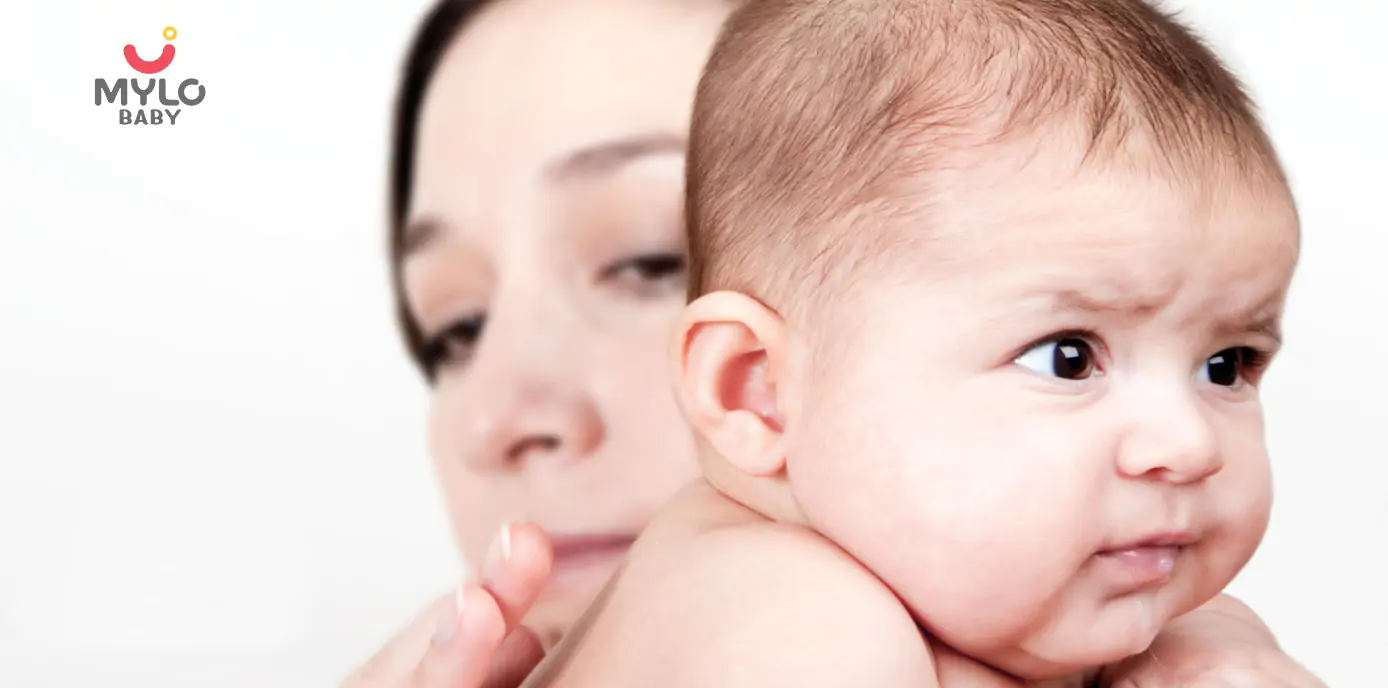
Burping Your Baby
Burping Your Baby
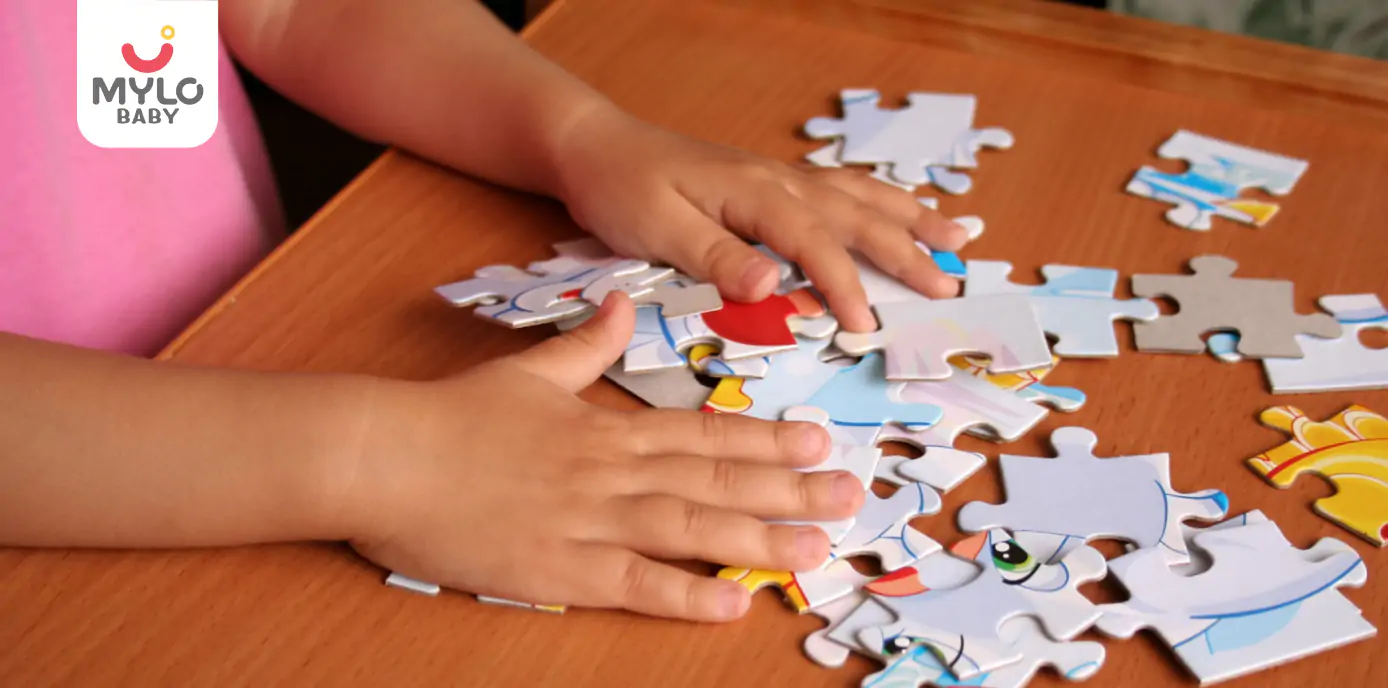
Crawling
What Is the Significance of Motor Skills in Children & How to Develop Them?

Formula Feeding
The Ultimate Guide to Formula Milk: Everything You Need to Know

Are baby monitors safe or dangerous for your little ones? How to protect your baby from EMF Radiations?
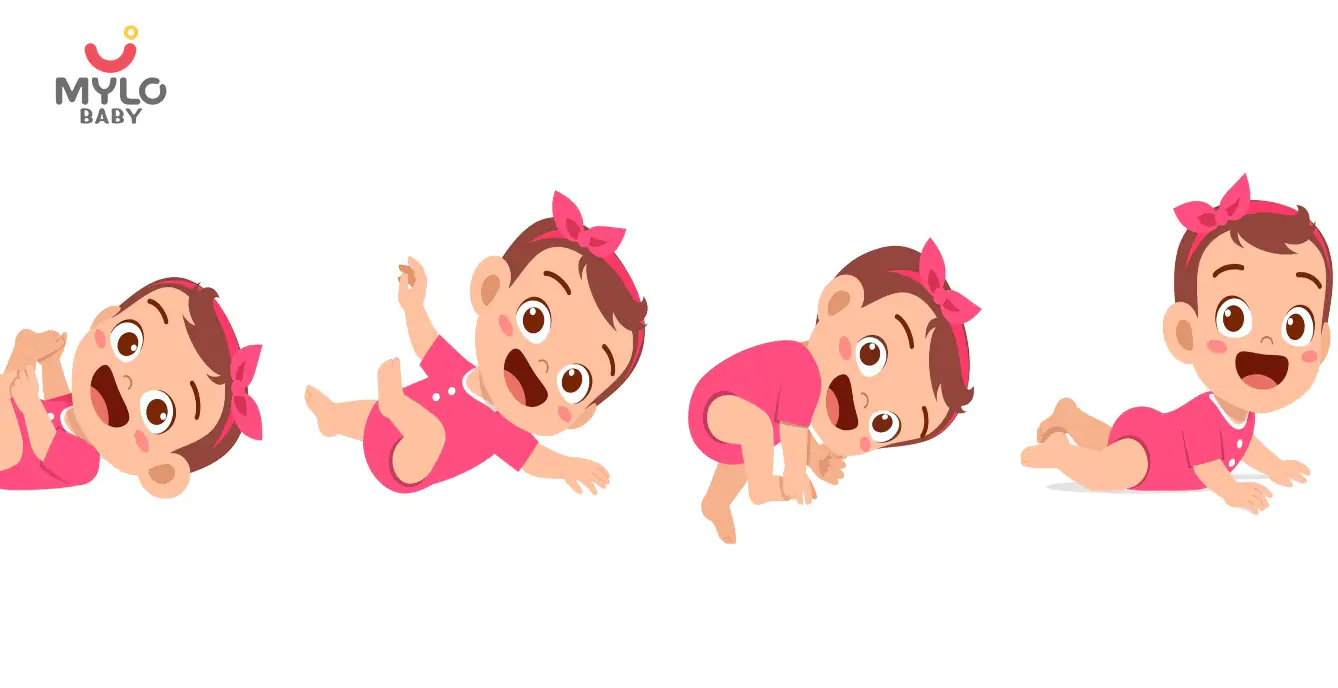
Motor Skills
Here’s a List of a Lot of Things That You Need to Know When Your Baby Starts Rolling Over
- How to Travel Around the World Stress-Free With Your Baby?
- গর্ভবতী হওয়ার জন্য প্রধান 10টি যৌন অবস্থান: গর্ভধারণের চেষ্টাকারী দম্পতিদের জন্য আলোচনা | Top 10 Sex Positions to Get Pregnant: The Ultimate Guide for Couples Trying to Conceive in Bengali
- Welcoming New Born Baby Quotes to Celebrate Life's Greatest Gift
- It's a Baby Girl! 50+ Ideas for Announcing Your Daughter's Birth
- Never Miss These Crucial Warning Signs of Emotional Development Problems in Your Baby
- The Ultimate Guide to Using Almond Oil for Baby Massage
- An ultimate guide about health, growth, and care for a 7-weeks-old baby
- Posterior Placenta: A Comprehensive Guide for Moms-to-Be
- Let's know more about the growth and development of the brain in infants and early childhood.
- Postnatal Care in India
- Low Birth Weight: Causes, Complications & Treatment
- Laparoscopic Ovarian Drilling: A Safe and Effective Solution for PCOS-Related Infertility
- Headache During Pregnancy: The Ultimate Guide to Causes and Cures
- Fetal Doppler Scan During Pregnancy: In which week should you get it done?


AWARDS AND RECOGNITION

Mylo wins Forbes D2C Disruptor award

Mylo wins The Economic Times Promising Brands 2022
AS SEEN IN
















- Mylo Care: Effective and science-backed personal care and wellness solutions for a joyful you.
- Mylo Baby: Science-backed, gentle and effective personal care & hygiene range for your little one.
- Mylo Community: Trusted and empathetic community of 10mn+ parents and experts.
Product Categories
baby carrier | baby soap | baby wipes | stretch marks cream | baby cream | baby shampoo | baby massage oil | baby hair oil | stretch marks oil | baby body wash | baby powder | baby lotion | diaper rash cream | newborn diapers | teether | baby kajal | baby diapers | cloth diapers |



